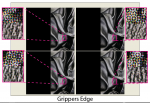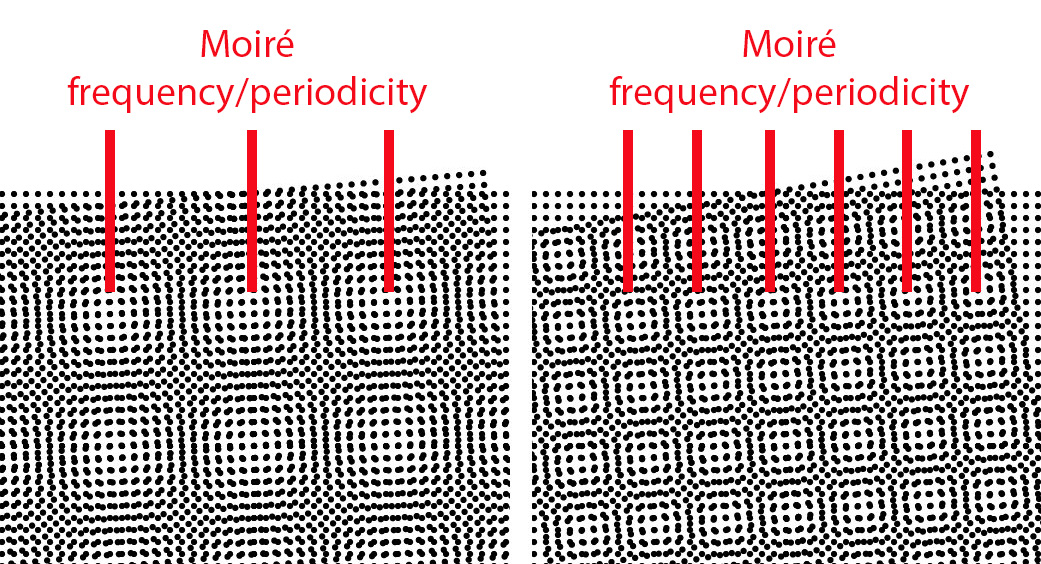DeltaE
Well-known member
Hello!
I have an issue with a job (please check the attached picture for more detail)
- sheet size 750 x 540 mm, 157 gsm, coated paper.
- CMYK job with color sequence KCMY
- We print on a sheeted offset machine, just installed 4 months ago.
- I let machine run stable and take a sample sheet.
- On the picture you will see 50x zoom and 500x zoom by a digital microscope in ONE SHEET.
- We all find the different rosette of dots in the left-upward compared to the other position.
- Then I got a different grey shade in the left-upward position, it looks a little bit more yellowish than other.
I had remounted the plate in yellow unit, and tried to make diagonal value in print console nearly zero. But the rosette of dots is still the same.
I understand that if I can make the same rosette of dots in all 4 position, I will have same grey shade, am I right?
Anyone with experience in offset sheet machine please tell me how to get same rosette in all area of printed sheet.
Thanks in advance!
Regards,
DeltaE
I have an issue with a job (please check the attached picture for more detail)
- sheet size 750 x 540 mm, 157 gsm, coated paper.
- CMYK job with color sequence KCMY
- We print on a sheeted offset machine, just installed 4 months ago.
- I let machine run stable and take a sample sheet.
- On the picture you will see 50x zoom and 500x zoom by a digital microscope in ONE SHEET.
- We all find the different rosette of dots in the left-upward compared to the other position.
- Then I got a different grey shade in the left-upward position, it looks a little bit more yellowish than other.
I had remounted the plate in yellow unit, and tried to make diagonal value in print console nearly zero. But the rosette of dots is still the same.
I understand that if I can make the same rosette of dots in all 4 position, I will have same grey shade, am I right?
Anyone with experience in offset sheet machine please tell me how to get same rosette in all area of printed sheet.
Thanks in advance!
Regards,
DeltaE















